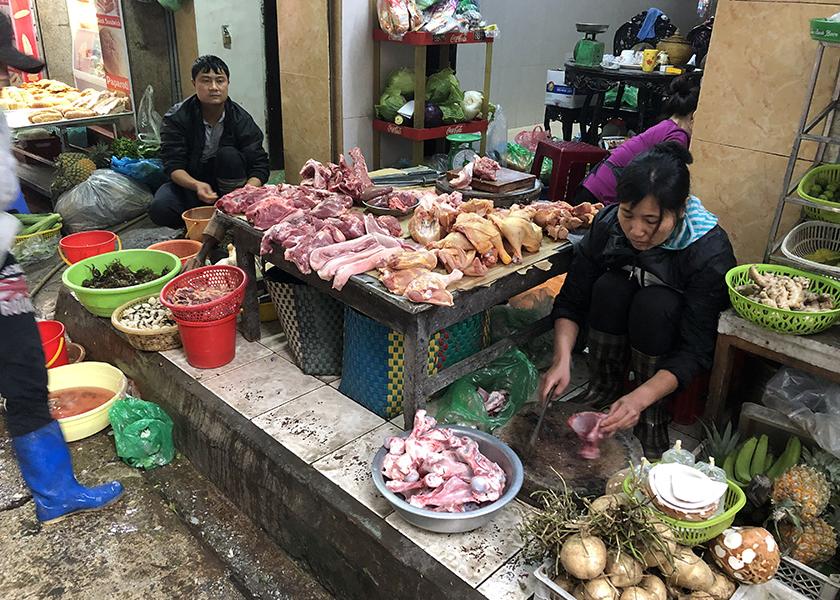Pork Exports: How Much Does Taste Matter?

When it comes to the global pork market, how much do other countries care about taste? Although every culture has its own definition, Norman Bessac, vice president of international marketing for the Pork Checkoff, says there are three basic things customers want.
“First, they want you to consistently produce the product to specification – to deliver what you say you're going to deliver. Second, be responsive to my needs. If I have a question, if I have a need, get back to me and help me. And the third thing is to understand my business and help me succeed, to help me grow the demand for my product,” Bessac explains.
Understanding what your customer wants is key. For example, Japan drives meat quality in the global market, Bessac says. In his opinion, they are the most discerning when it comes to color and fat.
“It's because the price of a pork loin, if you're buying it in dollars per pound, is probably $13 to $14 per pound. So, they want it to be very, very consistent, and they want quality for what they're paying for,” he adds.
Rupert Claxton, Gira meat director, says there’s a perception that because you're sending different products overseas, such as the drop, the feet and the head, that these are trash products because they are treated like trash products here in the U.S.
That couldn’t be further from the truth, he says.
“They're not trash products in the markets that you're sending to – these are prized well above the muscle cuts. Taste and flavor are really important,” Claxton says.
In a recent report from the National Pork Board demonstrating opportunities that may diversify U.S. pork exports in two emerging markets, Vietnam and the Philippines, Claxton describes the buying of meat in Hanoi City.
“The locals will tell you that the domestic meat that comes from the south of the city is wetter and has a moister feel, whereas the product that comes from the north in the mountains has a drier taste to it. They identify on things that we wouldn't even think about in the developed world. I mean, we are, to some extent, bland,” Claxton says.
Oftentimes, U.S. consumers are looking for meat that’s not too fat and not too tough. Claxton argues some of these countries are well ahead of the U.S. in identifying differences in taste and flavor.
What does this mean for the U.S. pork industry?
“We need to spend a little bit more care and attention to the products we are sending,” Claxton says. “Just because you’re sending over feet doesn't mean that they should be cut any way that they get them off the pig.”
Package them consistently, make sure they are clean and box them neatly. These are premium products for these consumers and it’s important to make them look like it when they are sent overseas, he adds.
“It's about understanding each one of those cuts, each one of those markets, in the best way to connect the highest value without giving up the cost or complexity,” Bessac says. “A pork plank can only take on so much complexity. So how do we deliver and connect what we're really good at doing with those right customers around the world and build customer loyalty?”
Read more on Farm Journal's PORK:
It’s Anyone’s Game: How Will the U.S. Pork Industry Diversify Pork Exports?
U.S. Pork Exports Maintain Record Pace
China’s Growing Need for Protein: New Study Excites U.S. Pig Farmers







